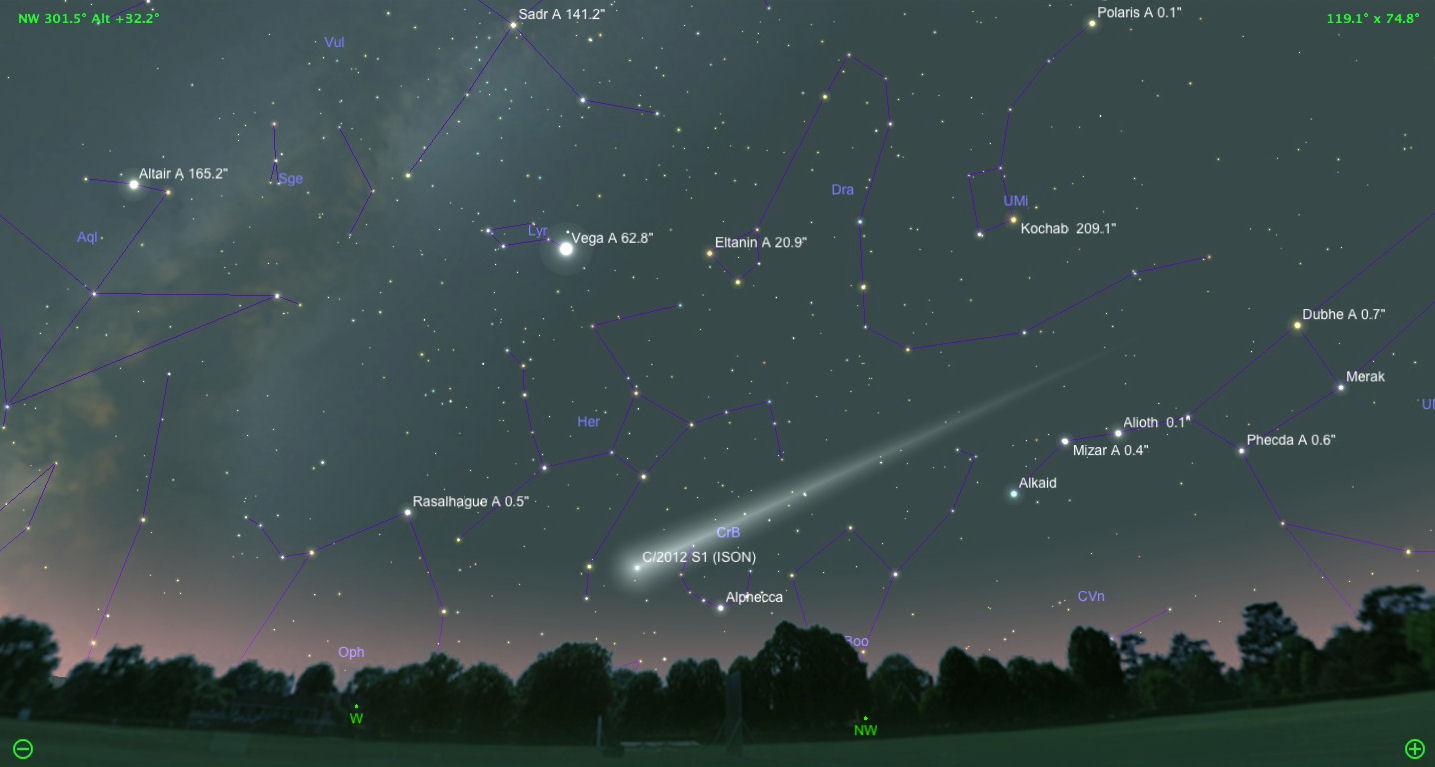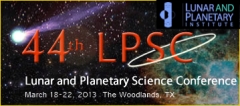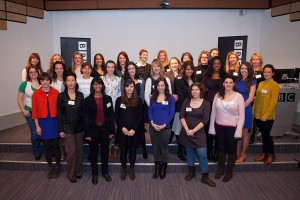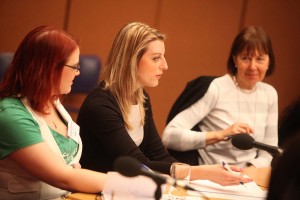If you’re inclined to gaze up at the night sky occasionally then keep your eyes out this year because we are lucky to have 2 comets passing the Earth that both have the potential to be seen with the naked eye. Below are some details about the two comets: Comet PANSTARRS and Comet ISON. Be warned though, comets are invariably hard to predict so some of this information is subject to change depending what the comet feels like doing. I’ll try to update as and when there’s any news. It’s always good to remember the following saying:
“Comets, they’re like cats, they’ve got tails and they’re unpredictable”. I don’t know who originally said this but I’ve never forgotten it.
Note: Neither of these comets have any chance of hitting the Earth so we can view their beauty without worrying about any nasty side effects.

Image source: http://www.eagleseye.me.uk/Sky/Wordpress/
Comet PANSTARRS
The first comet to be seen this year is Comet PANSTARRS (official name: Comet C/2011 L4). It has been predicted that comet PANSTARRS will pass closest to the Earth at 1.1 AU (AU means ‘Astronomical Units’ which is the average distance between the Earth and Sun. 1.1 AU is about 93 million miles) on March 5th, 2013. It will then pass close to the Sun (within 0.3 AU, about 28 million miles) where it will be heated up causing the ice it contains to vaporise resulting in a brightening of the comet and the production of a classic comet tail (or a coma). So, in the northern hemisphere we should be able to see comet PANSTARRS in the evening sky low in the west throughout March. It may even be possible to see it without a telescope or binoculars.
Comet ISON
Comet ISON (official name C/2012 S1) has the potential to be the more exciting comet of 2013 and may even produce a meteor shower on 16th January 2014 as the Earth passes through the coma of comet debris. We’ll have to keep our fingers crossed though because it has a bit of a perilous journey. Comet ISON is classed as a ‘sun-grazing comet’ because on November 28th it will pass within 0.012 AU (750,000 miles) of the Sun. If it manages to survive this very close encounter, and not disintegrate into small pieces, then comet ISON will be a beautiful sight in the night sky, glowing as bright as the moon, and it may even be possible to see it in the daytime too throughout December (I’ve heard that Boxing Day (December 26th) may be the best day)! This all depends on it surviving though…fingers crossed.
Comet ISON is a special comet not only for astronomers but also cosmochemists like me. This is because it is a dynamically new comet meaning that it has come from the Oort cloud and is entering the inner Solar System for the first time. So, all the dust that it captured from the early Solar System has not been processed by the Sun’s heat before meaning it contains pristine material. The NASA Cosmic Dust Lab sometimes make collections of dust with their high altitude aircraft that coincide with meteor showers. The ISON meteor shower, if it happens, will be a particularly special one and I really hope that NASA can get some aircraft up with dust collectors on to collect some Comet ISON dust.




